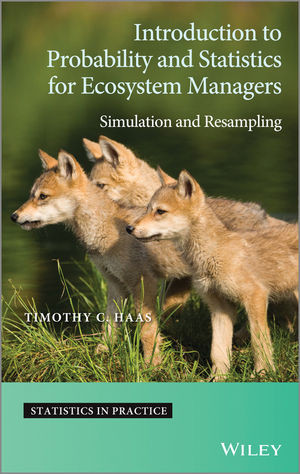

Most ebook files are in PDF format, so you can easily read them using various software such as Foxit Reader or directly on the Google Chrome browser.
Some ebook files are released by publishers in other formats such as .awz, .mobi, .epub, .fb2, etc. You may need to install specific software to read these formats on mobile/PC, such as Calibre.
Please read the tutorial at this link: https://ebookbell.com/faq
We offer FREE conversion to the popular formats you request; however, this may take some time. Therefore, right after payment, please email us, and we will try to provide the service as quickly as possible.
For some exceptional file formats or broken links (if any), please refrain from opening any disputes. Instead, email us first, and we will try to assist within a maximum of 6 hours.
EbookBell Team

4.7
36 reviewsExplores computer-intensive probability and statistics for ecosystem management decision making
Simulation is an accessible way to explain probability and stochastic model behavior to beginners. This book introduces probability and statistics to future and practicing ecosystem managers by providing a comprehensive treatment of these two areas. The author presents a self-contained introduction for individuals involved in monitoring, assessing, and managing ecosystems and features intuitive, simulation-based explanations of probabilistic and statistical concepts. Mathematical programming details are provided for estimating ecosystem model parameters with Minimum Distance, a robust and computer-intensive method.
The majority of examples illustrate how probability and statistics can be applied to ecosystem management challenges. There are over 50 exercises – making this book suitable for a lecture course in a natural resource and/or wildlife management department, or as the main text in a program of self-study.
Key features: